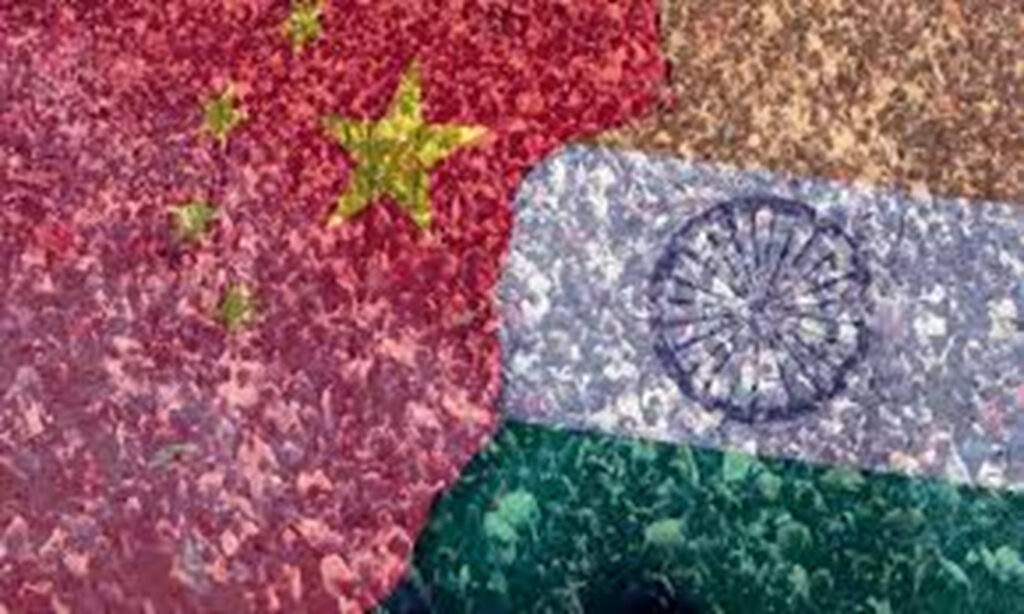India has made headlines recently as the UN estimated that it may overtake China as the world’s most populous country by mid-year. The data, though not based on solid national census, prompted Western media to hype claims that India’s economy will also overtake China based on the theory that India’s large population will create vast demographic dividend.
Chinese experts said on Thursday that Western media attempts to dampen China’s development confidence by vigorously hyping up potential economic implications of India overtaking China in population. Their ulterior motive is baseless, as the Indian economy will not overtake China in the foreseeable future, whereas India’s swelling population may become a huge problem for India if it cannot appropriately steer the economy, they said.
India is set to overtake China as the world’s most populous country, Reuters reported on Wednesday, citing the UN’s State of World Population Report for 2023. According to the report, India’s population by mid-2023 is estimated at 1.4286 billion, against 1.4257 billion in China, or 2.9 million fewer people.
It’s worth noting that this is the UN’ theoretical projection, as India’s last national census was conducted in 2011.
“India becoming the world’s most populous country will unlikely bring significantly greater benefits than what it experienced as the world’s second-largest populous country… its massive population may become a heavy burden for India without appropriate governance or industrial structure,” Zhao Gancheng, a research fellow from the Shanghai Institute for International Studies, told the Global Times on Thursday.
Liu Xiaoxue, an associate research fellow at the National Institute of International Strategy of the Chinese Academy of Social Sciences, shared the same view. “Indian people care more about how Indian government will solve the burning challenge of high unemployment and how India’s manufacturing sector could catch up with China’s constantly upgrading manufacturing industry,” she said.
India’s unemployment rose to a three-month high in March to 7.8 percent as the country’s labor market deteriorated, according to latest data from India’s Centre for Monitoring Indian Economy.
“When assessing a country’s demographic dividend, we need to look at not just the size but also the quality of its population. Size matters, but what matters more is talent resources,” Chinese Foreign Ministry Spokesperson Wang Wenbin said on Wednesday commenting on the UN’s forecast.
The era has passed that a large population alone will drive up a country’s economic growth, and “talent dividend” rather than “demographic dividend” increasingly bear significant implications for an economy along with the advance of technologies, said Lou Chunhao, executive director of the Institute of South Asian Studies at the China Institutes of Contemporary International Relations.
“India’s economy will unlikely catch up with that of China in the foreseeable future. It’s extremely hard for India to copy China’s takeoff by taking advantage of its demographic dividend,” he told the Global Times on Thursday.
Since China’s reform and opening-up in 1978, compulsory education laid the foundation for a high-quality labor force. A high-quality labor force and efficient logistics infrastructure paved the way for China’s fast development of the manufacturing industry. By contrast, India embarked on a different road of developing services industry by taking the opportunity of information reform as well as the advantage of a larger number of its people who can speak English. Different development paths led to a huge gap in the two economies.
The Chinese and Indian economies were almost equal as recently as 1990, but China’s nominal GDP reached $17.7 trillion in 2021, which is about 5.7 times that of India’s $3.1 trillion.
“While India wants to copy China’s experience, it has missed the best opportunities brought about by hyper-globalization, while currently the anti-globalization and the COVID-19 outbreak has led to restructuring of global industrial and supply chains,” Lou said.
In addition, India’s own problems including land and labor reforms, lagged infrastructure, and sweeping protectionism also restrict India’s healthy and sustainable development in the long-term, he said.
While India is boosting the development of its manufacturing sector, China has ramped up efforts to promote technological innovation and digitization of its manufacturing sector for high-quality economic growth and social prosperity, Zhao said, noting that India should solve demographic problems such as widening wealth gap in order to turn population into dividend.
Source: hellenicshippingnews


